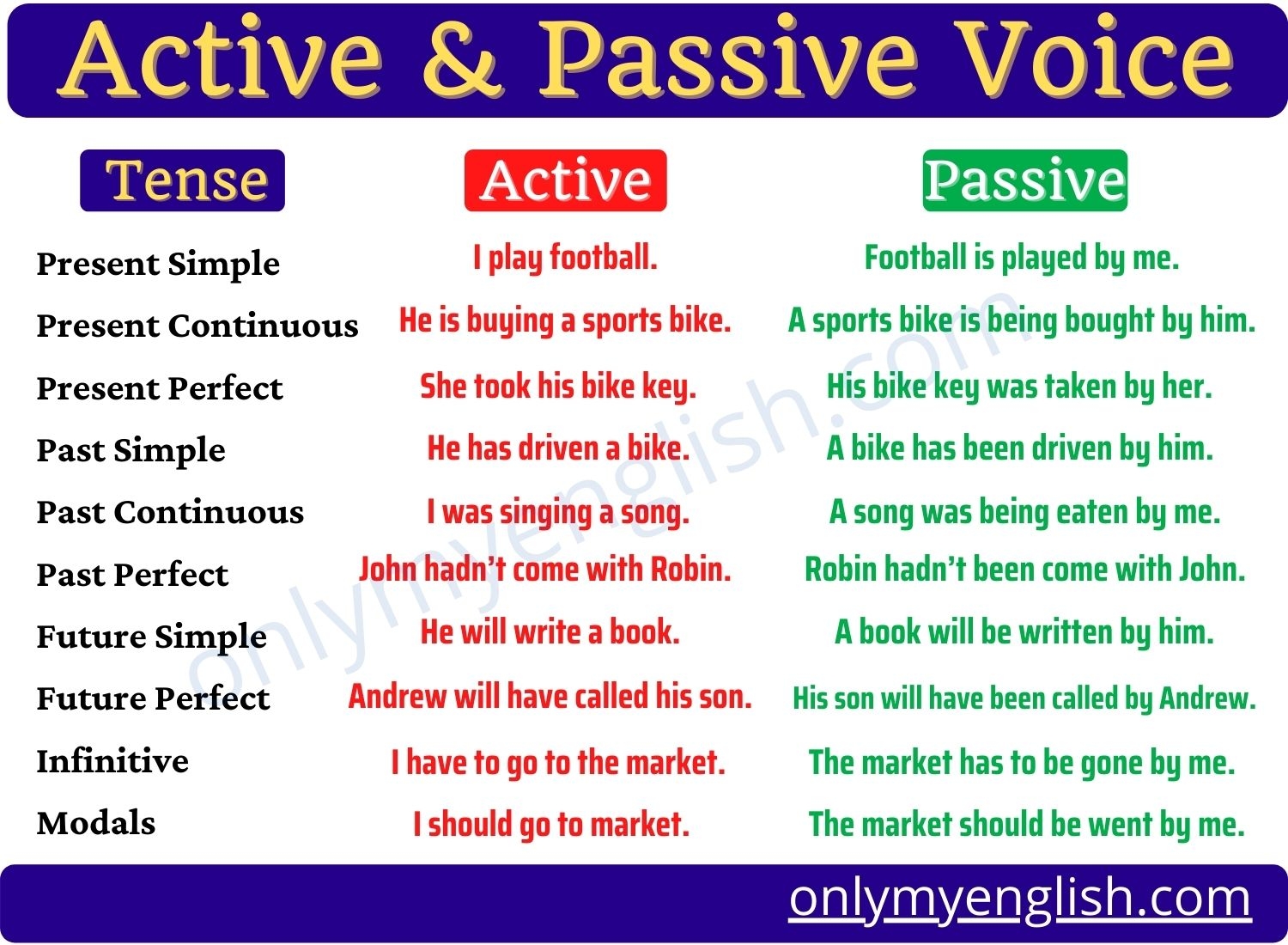Passive voice is a grammatical construction where the subject of a sentence is the recipient of the action rather than the doer. It is often used in formal writing or when the doer of the action is unknown or unimportant. While passive voice can be useful in certain situations, it is generally considered weaker and less direct than active voice.
Recognizing passive voice in writing is important for improving clarity and readability. By understanding how passive voice works and learning to identify it, writers can make their sentences more concise and engaging.
Examples of Passive Voice Paragraphs
1. The cake was baked by Mary. (Active: Mary baked the cake.)
2. The report will be reviewed by the supervisor. (Active: The supervisor will review the report.)
3. The book was written by a famous author. (Active: A famous author wrote the book.)
4. The project has been completed by the team. (Active: The team has completed the project.)
5. The car was driven by my sister. (Active: My sister drove the car.)
Passive voice can make sentences sound awkward and less engaging. By converting passive voice to active voice, writers can create stronger, more dynamic sentences that grab the reader’s attention.
It is important to use passive voice sparingly and only when necessary. In most cases, active voice is preferred for its directness and clarity. However, in situations where the doer of the action is unknown or unimportant, passive voice can be a useful tool for creating a more formal tone.
In conclusion, understanding the differences between passive and active voice is essential for effective writing. By recognizing examples of passive voice and learning how to convert them to active voice, writers can improve the quality and impact of their writing.
